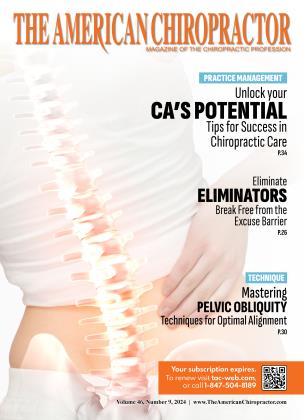BPA and Regrettable Substitutions
Dr. Lynn Toohey
Many people, including myself, were thrilled when “BPA-free” packaging came out. Bisphenol A (BPA) has been contaminating the environment for years and messing with hormones and endocrine balance. As it turns out, this was a false security because what replaced it has been called “regrettable substitutions” by experts.
What is so regrettable about the substitutions? It’s a term used when a chemical with an unknown or unforeseen hazard is used to replace a chemical identified as problematic. When it became obvious that BPA was toxic and raising all kinds of risks, BPA removal started, but are the substitutions any better? The substitutions are also bisphenols with different letters of the alphabet behind them. They have not been fully researched and, in the opinion of some scientists, offer as many if not more hazardous consequences as BPA.1
EPA researchers specifically tested the impact of six of these chemicals and discovered that some of the alternatives were actually more potent than BPA in activating the estrogen receptor. “These findings highlight the need for testing of replacement chemicals prior to their introduction into commerce to demonstrate that they are safer than the chemical being replaced.”2
Another group of researchers has now identified a detoxification impairment for these plastic-origin substances in children with autism and ADHD, which exposes their tissues to heightened levels of these chemicals. Scientists analyzed three child cohorts: 66 with autism, 46 with ADHD, and 37 controls. Interestingly, the focus of the study was on glucuronidation, a detoxification process that helps eliminate toxins and keep estrogen and xenoestrogenic toxic compounds conjugated so they don’t return to the bloodstream. Their findings suggested children with autism and ADHD were less effective at expelling BPA and a related phthalate. Gene mutations (SNPs) were suspected of influencing the body’s capacity to process BPA effectively and result in neuronal damage and development.3
The World Wildlife Federation estimates that the average person ingests the equivalent of a credit card a week in microplastics. To help battle microplastic toxicity, a few nutritional items can help make a difference in removal. Detoxification nutrients such as milk thistle, glutathione (vitamin C and N-acetyl cysteine will raise glutathione quickly), cruciferous veggies, curcumin, beets, yellow dock, dandelion, etc., will cover Phase I (antioxidants) and Phase II (binders for removal). Calcium-D-glucarate is particularly helpful for the glucuronidation process that buffers toxic estrogen compounds. These nutrients will also cover all seven pathways of detoxification (liver, bowels, kidney, lungs, skin, blood, and lymph).
Our exposure to microplastic and xenoestrogenic additives keeps rising. Try to avoid plastic bottles, cans, and storage containers. Never freeze or heat food in plastic containers. Silicone storage containers seem to be safe alternatives. Wrap food in parchment paper before wrapping it in plastic. Be sure to include lots of organic cruciferous and colorful veggies in your diet, supplement to boost detoxification power, and minimize your plastic influences!
Dr. Lynn Toohey organizes seminars, acts as a nutritional consultant to Nutri-West (www.nutriwest.com) and authored the Functional Health Evaluation program that analyzes blood tests and DNA raw data (www.FHEcloud.com). Dr. Toohey can be reached at [email protected] with any questions.
References
Environmental Protection Agency. Are BPA substitutes any safer than BPA? [Internet]. Washington DC: United States Environmental Protection Agency; 2017 August [revised 2024 January, cited 2024 May]. Available from: https://www.epa.gov/sciencematters/are-bpa-substitutes-any-safer-bpa
 View Full Issue
View Full Issue






